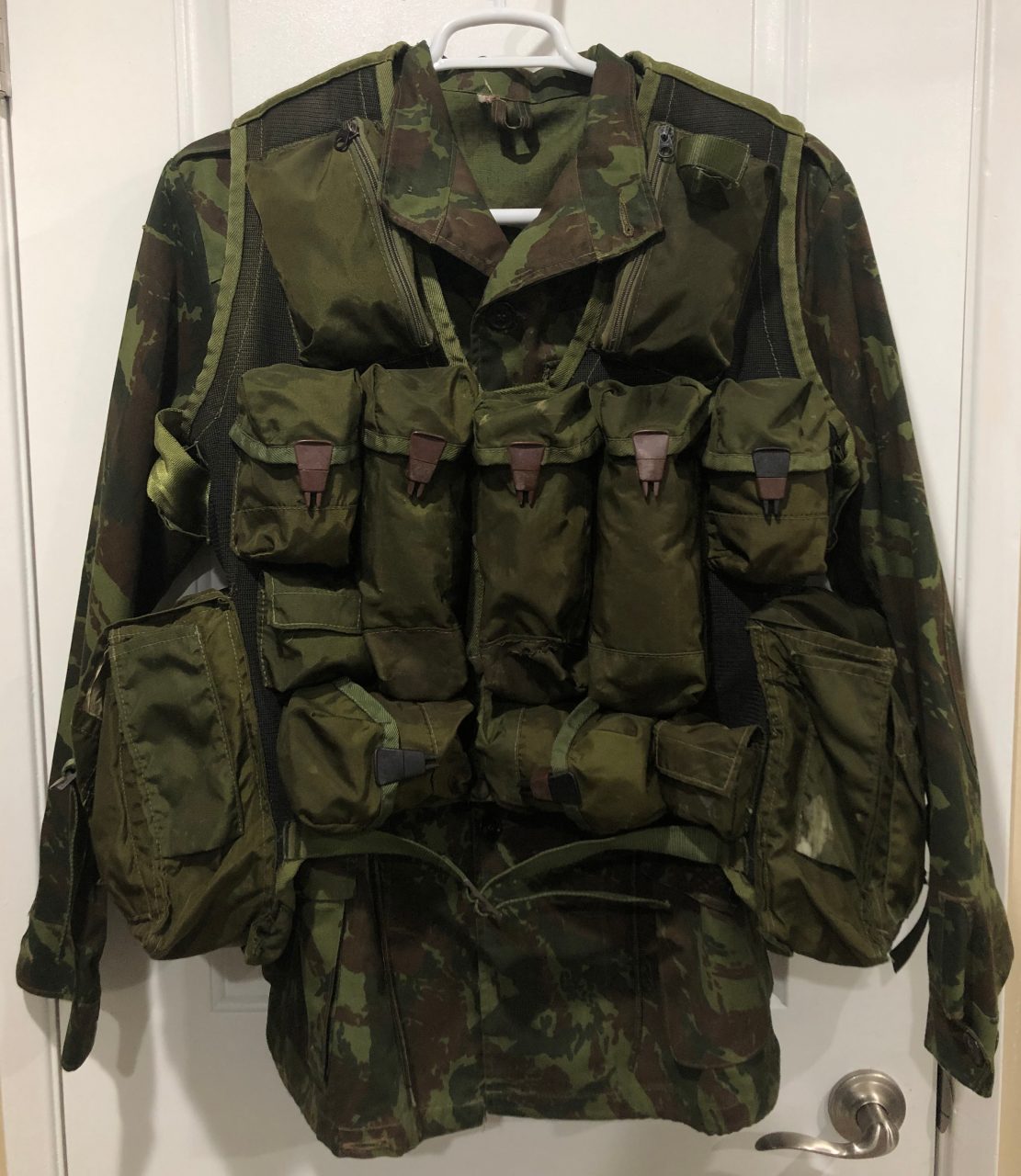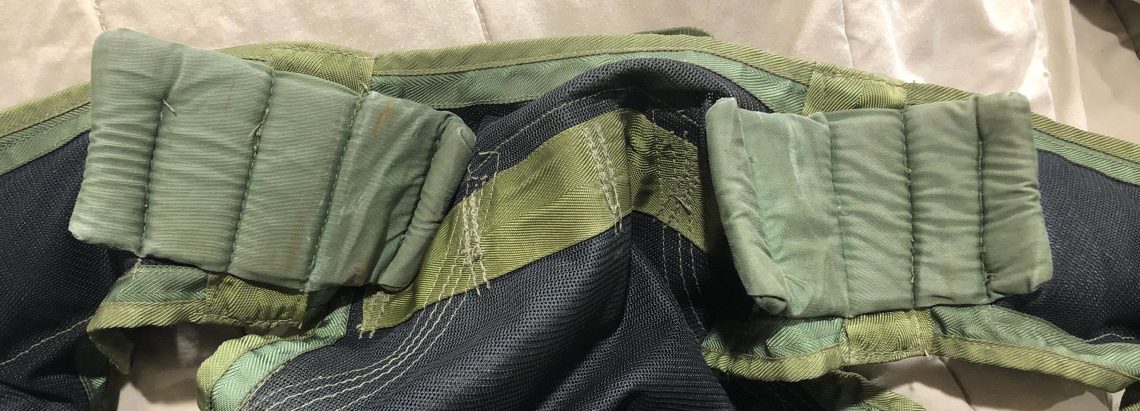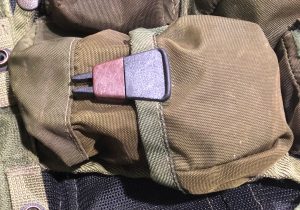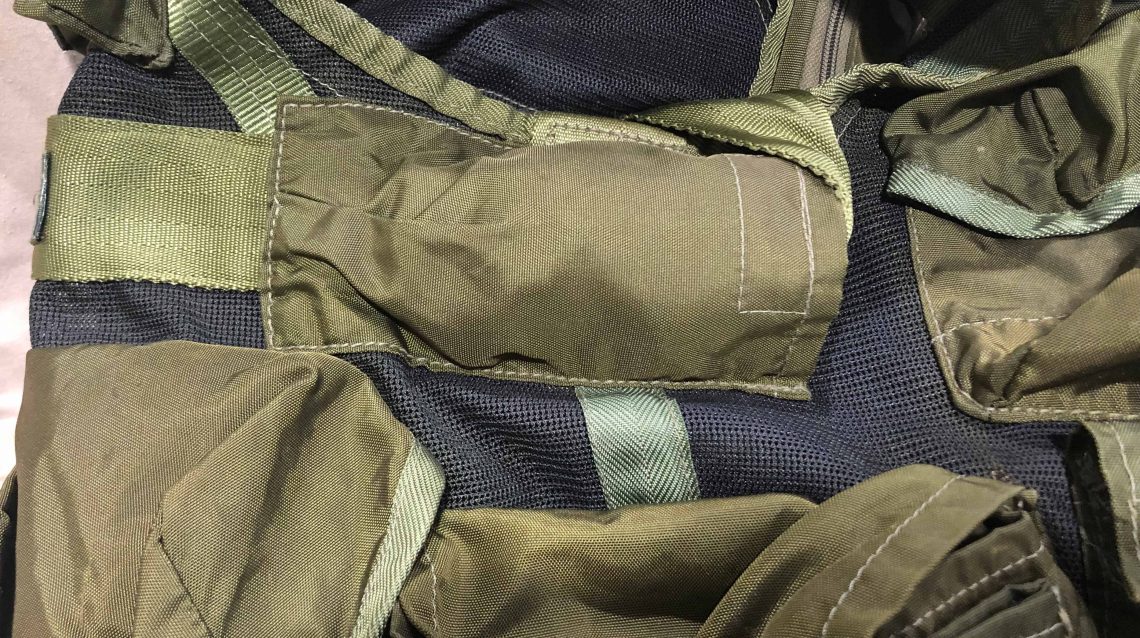Sample 1:


Same ALICE pack 420D material, MIL-W-4088 spec webbing, and fasteners as H-harness. Layout is very similar to canvas SADF Recce Fireforce Vest. This particular style of vest was first developed for the SADF Recces around 1981 [1] and are still used as of 2019 (see usage photos at below). These vests feature a hot extraction harness for quick extraction by air (STABO-like) or rappelling (has been described this way in auctions before). Stitching appears to be cotton thread (?!).
Magazine Pouches:
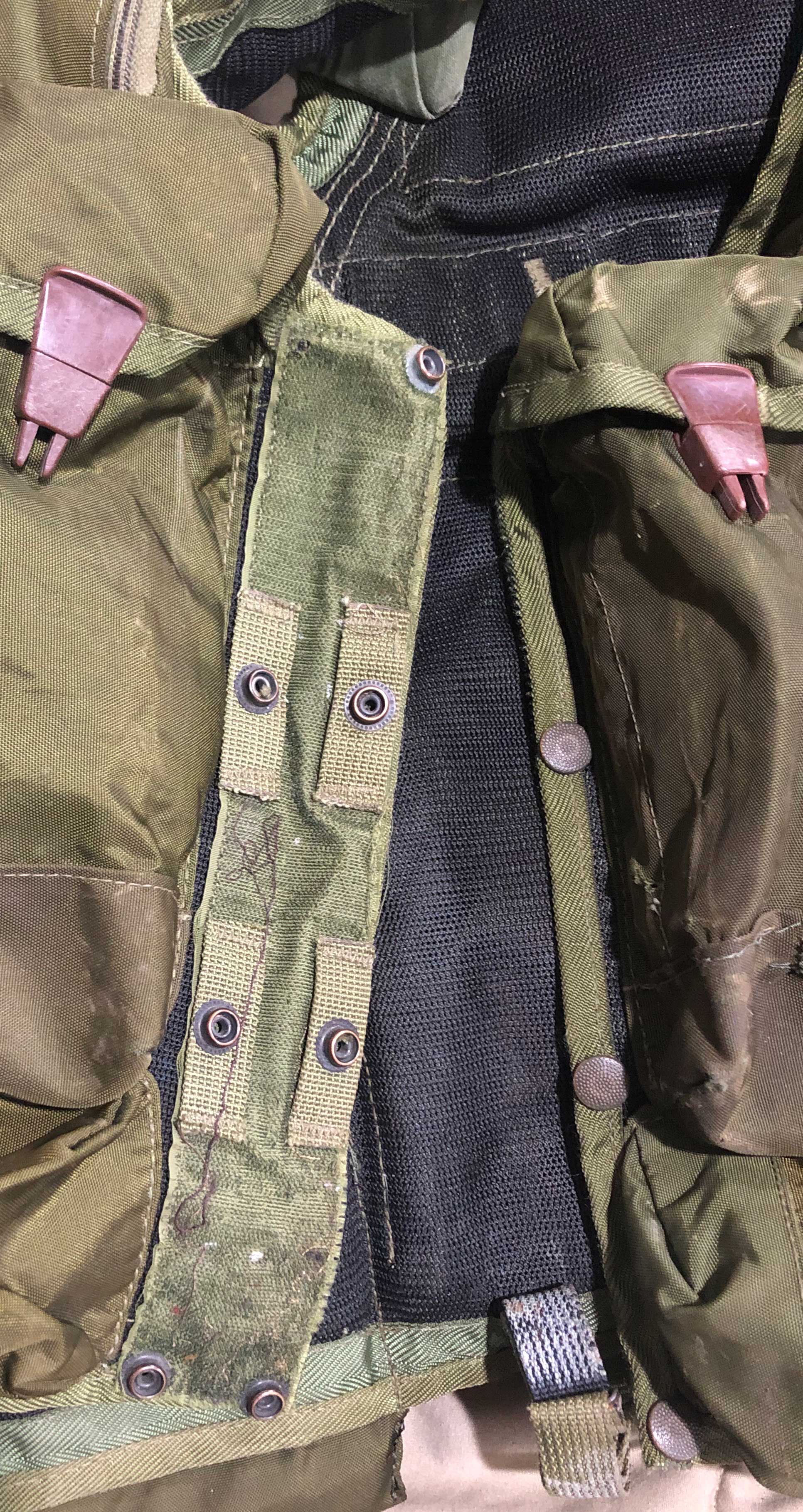

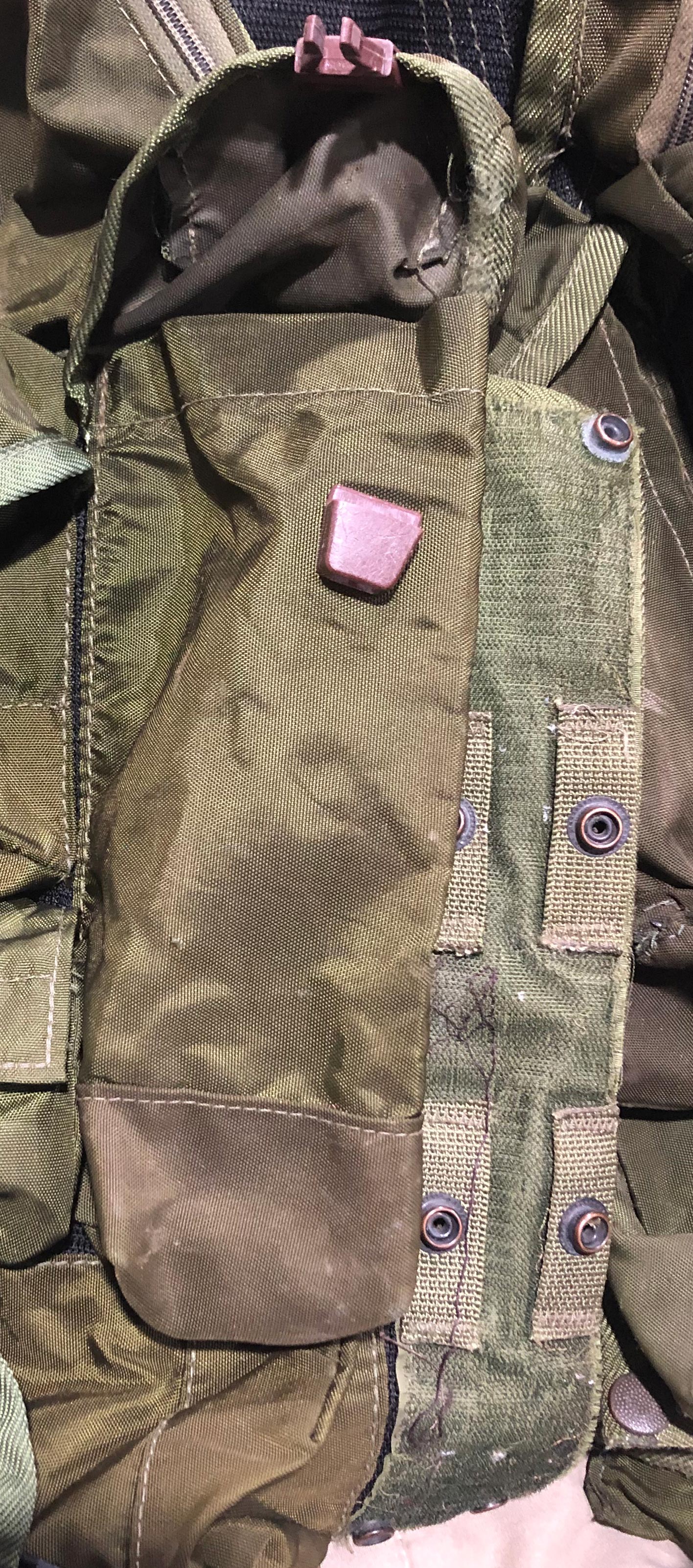
Front Opening:



Velcro and snaps like a US flak jacket.
Shoulder padding:
Green color cotton material. There is a variation with white color that usually has all black fixlock clips and black trim on the pouch lids.
Fixlock (ALICE) Clips
Fixlock clips manufactured in Sweden. The vest has both brown and black colored ones that fit interchangeably. It is unclear what the significance, if any, is, more likely a case of South Africa using whatever it could run through sanctions.
Black:
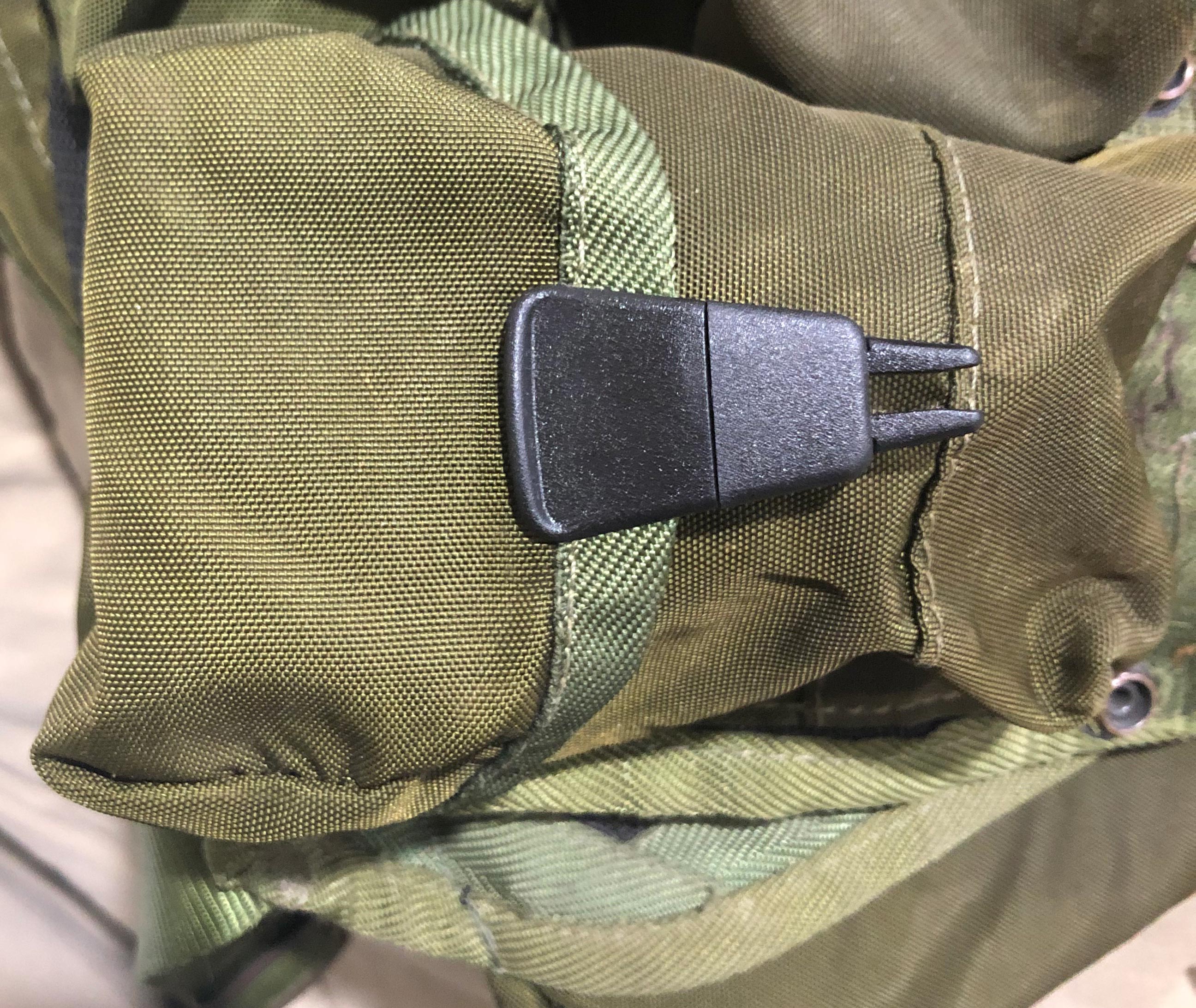

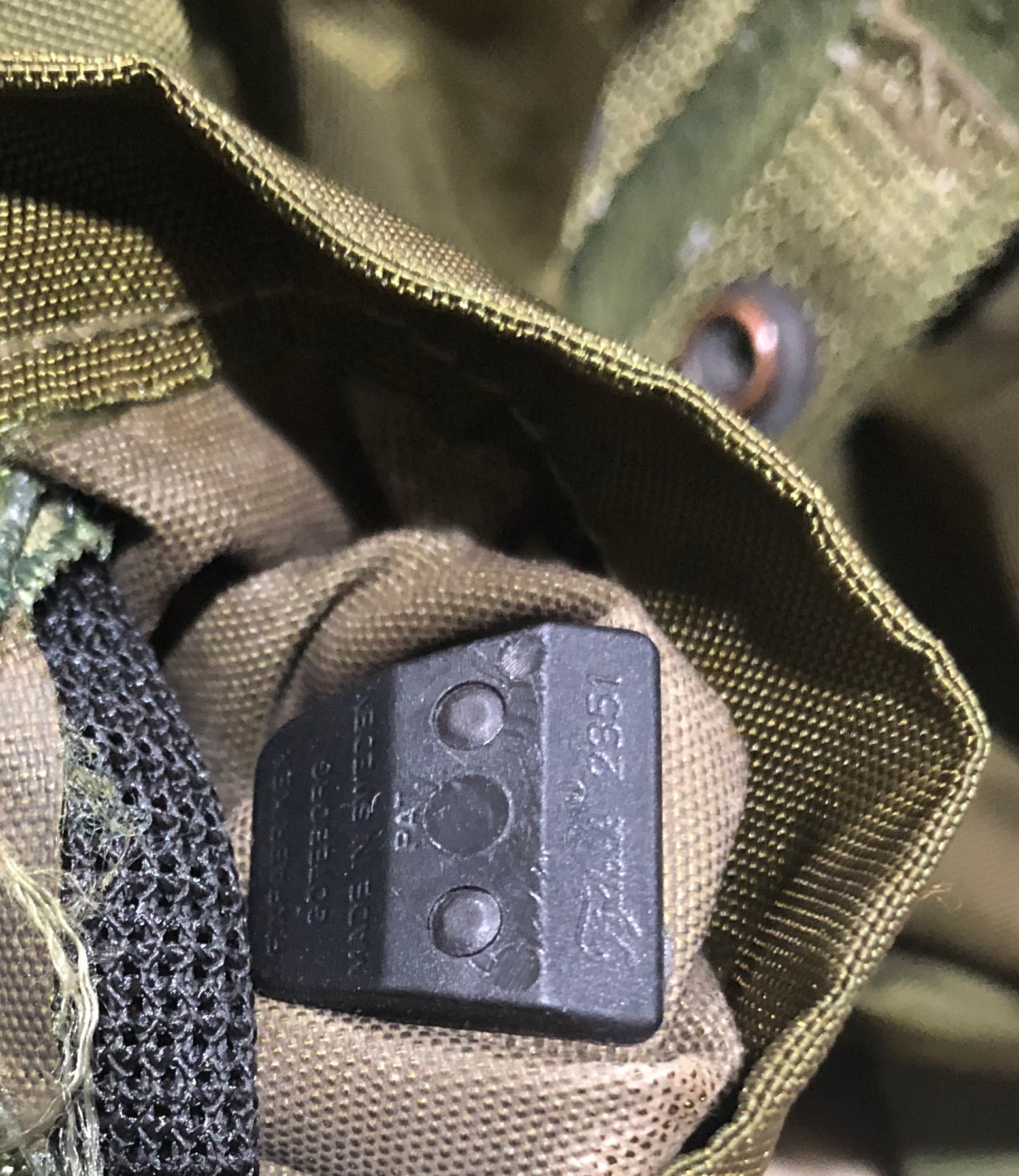
Brown:
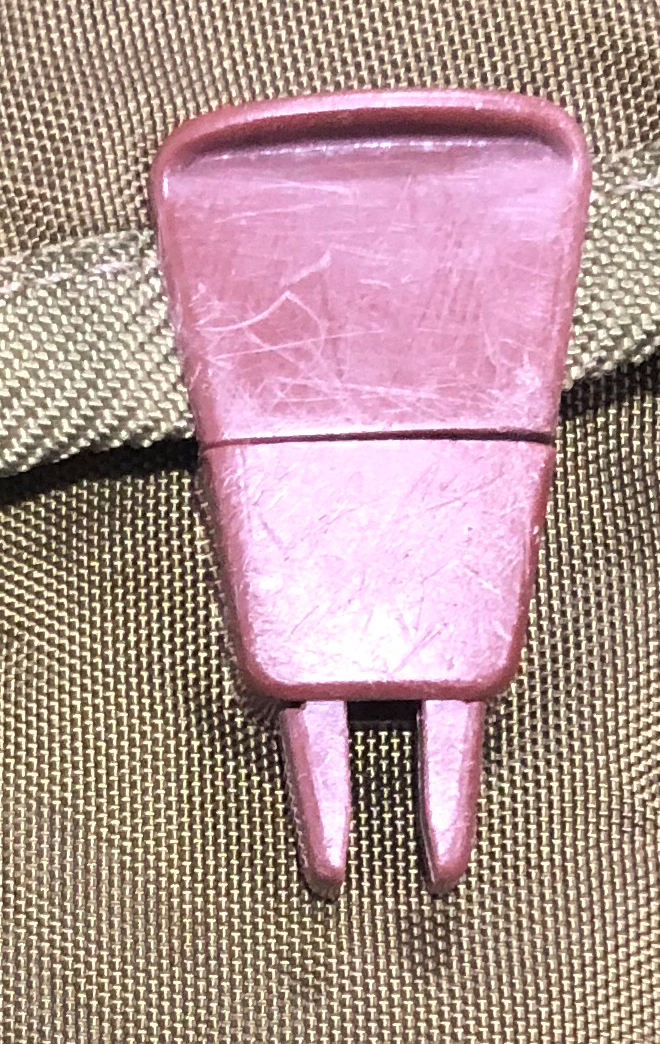
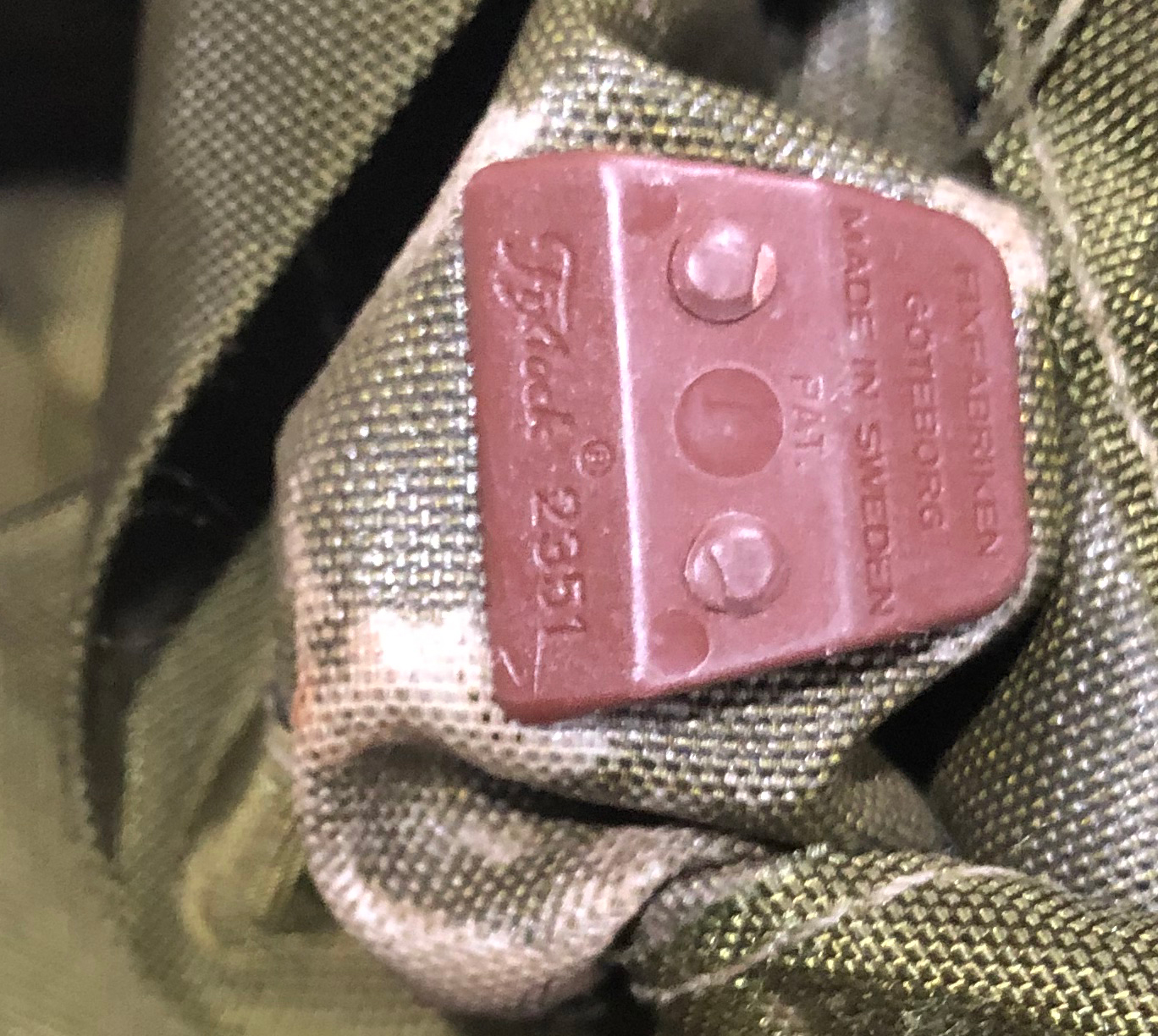

Brown clips have more details written on parts. Different colors are compatible with one another:
Front Top Zipper Pouches:

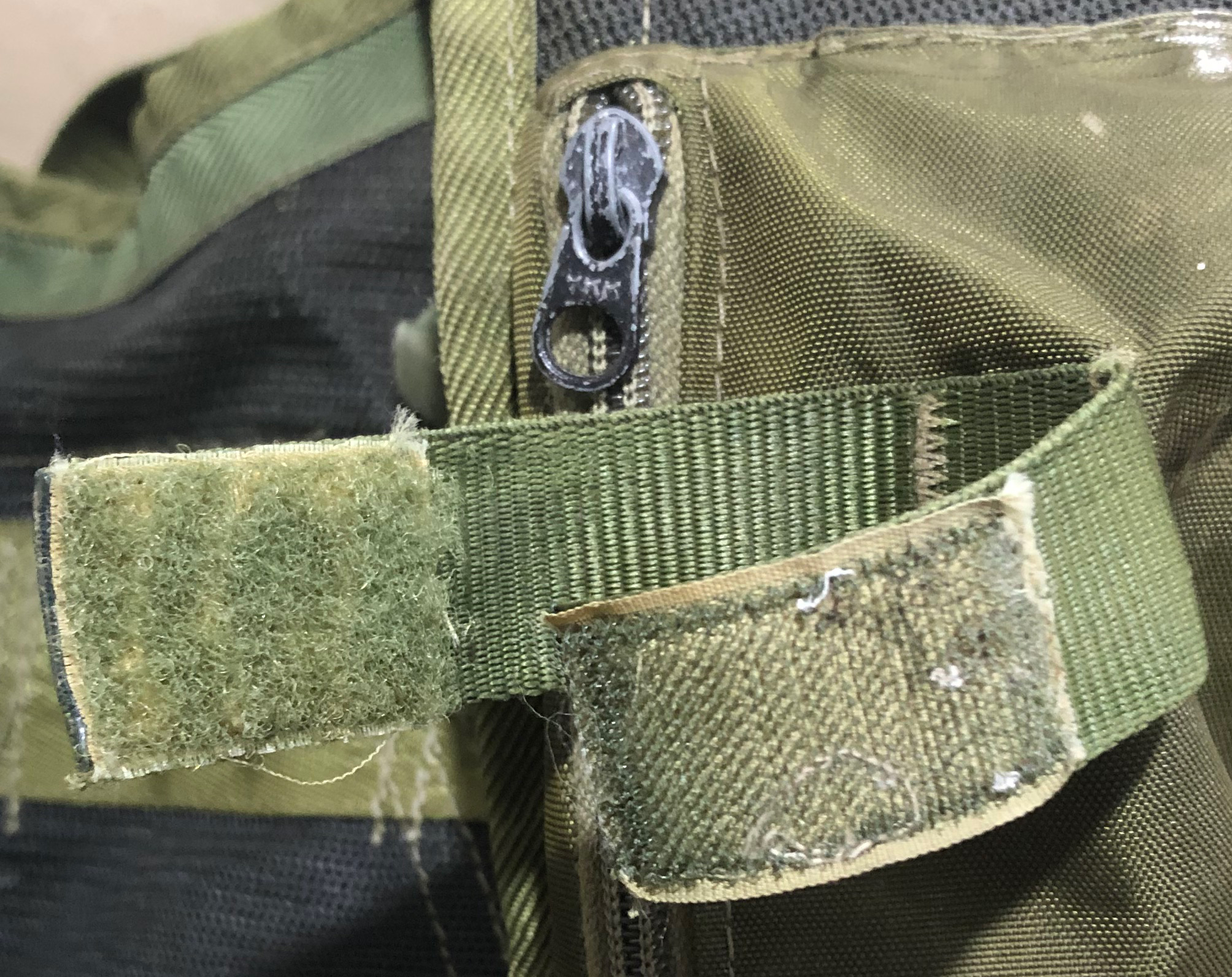
Velcro-fastened strap could be for a knife or radio antenna. Some static displays show a knife there.
Side Pouches:
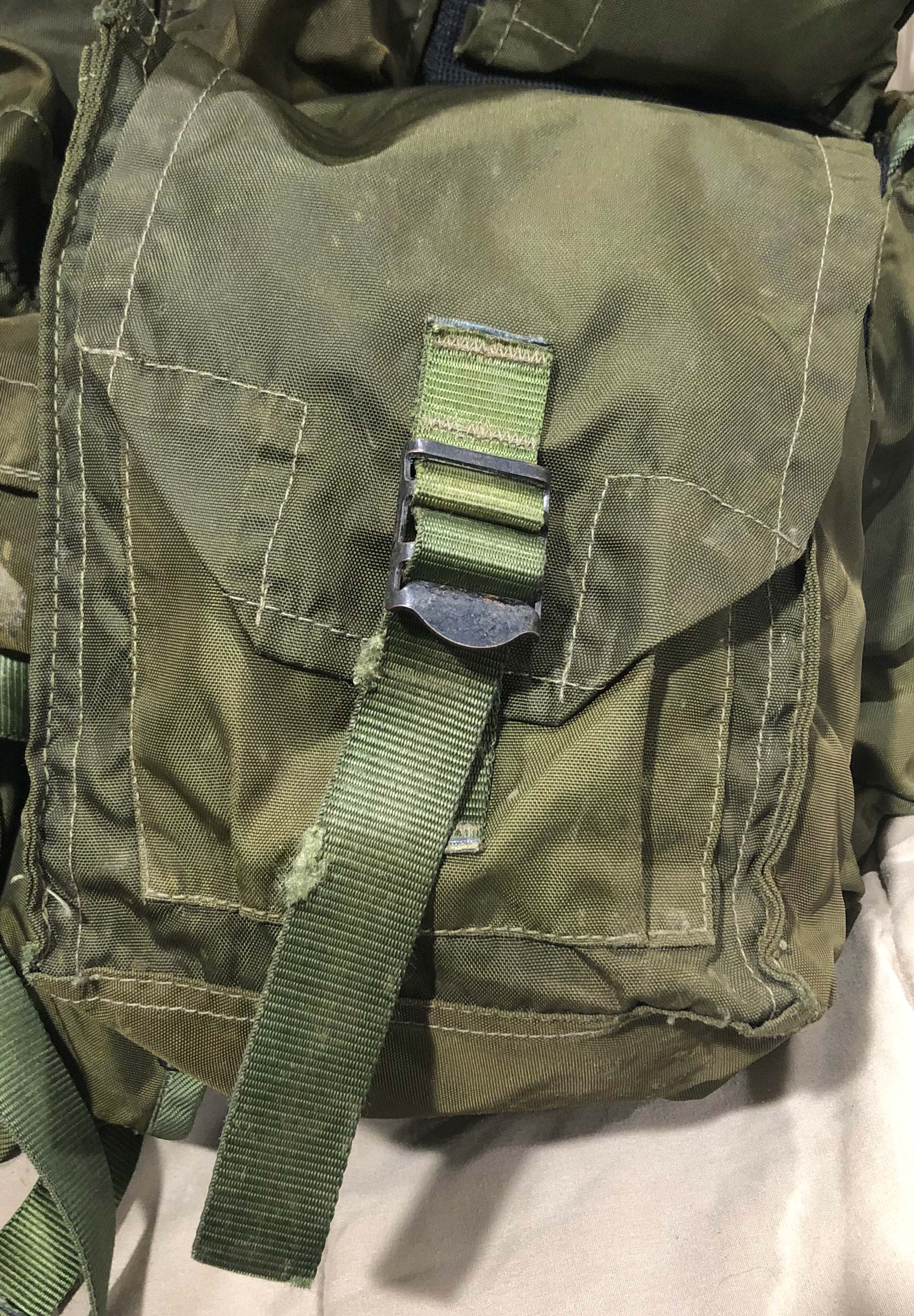

Likely for 1L water canteen.
Back Bottom Pouch:
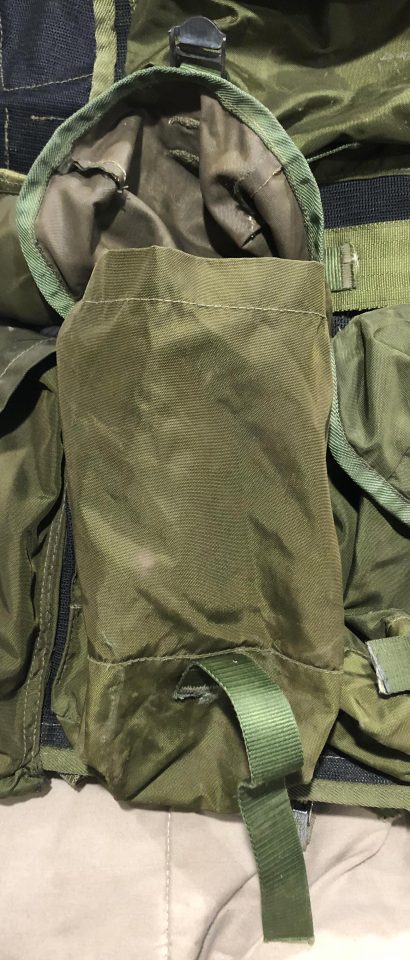
There are 3 of these below the midline on the back of the vest.
Back Top Pouch:
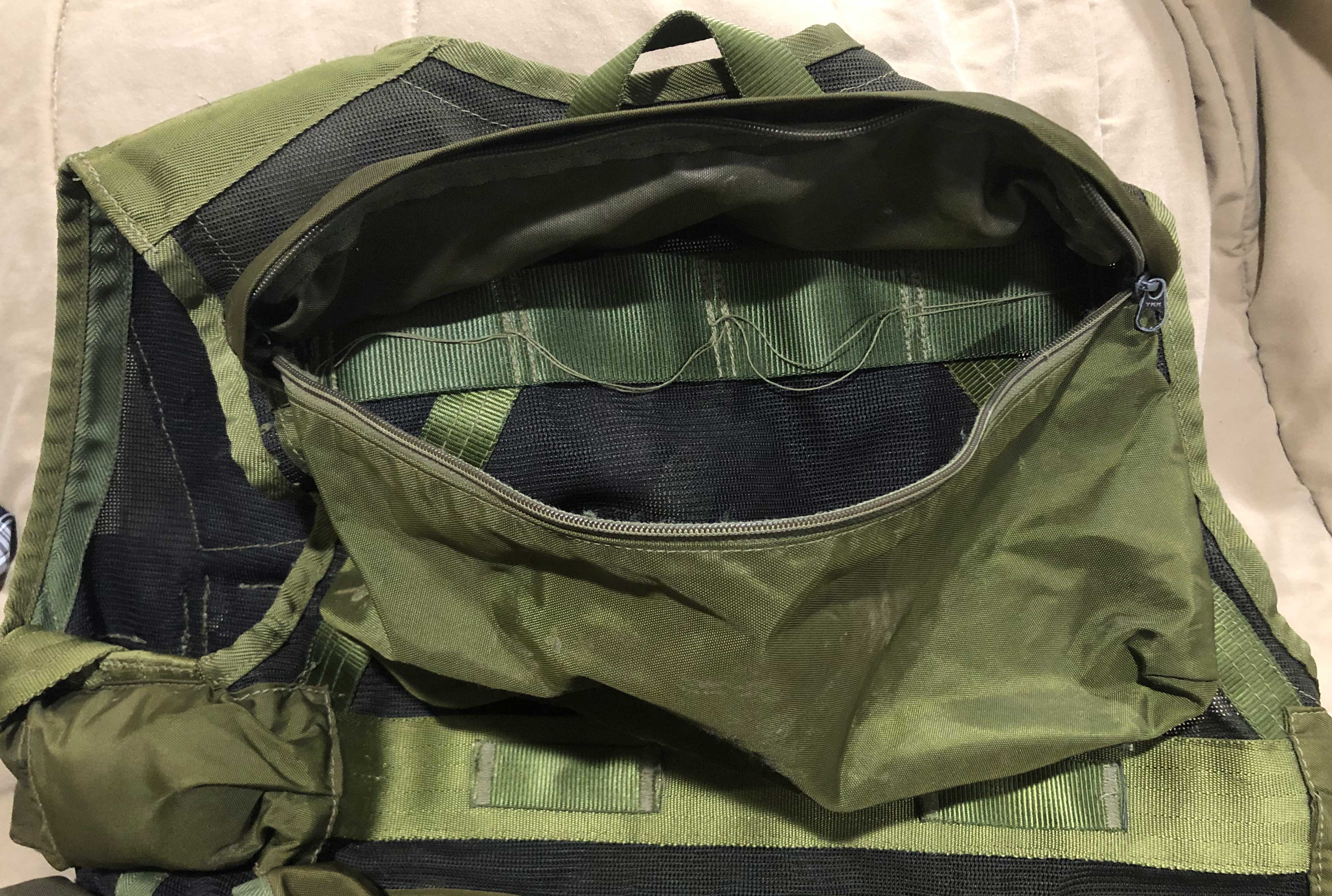
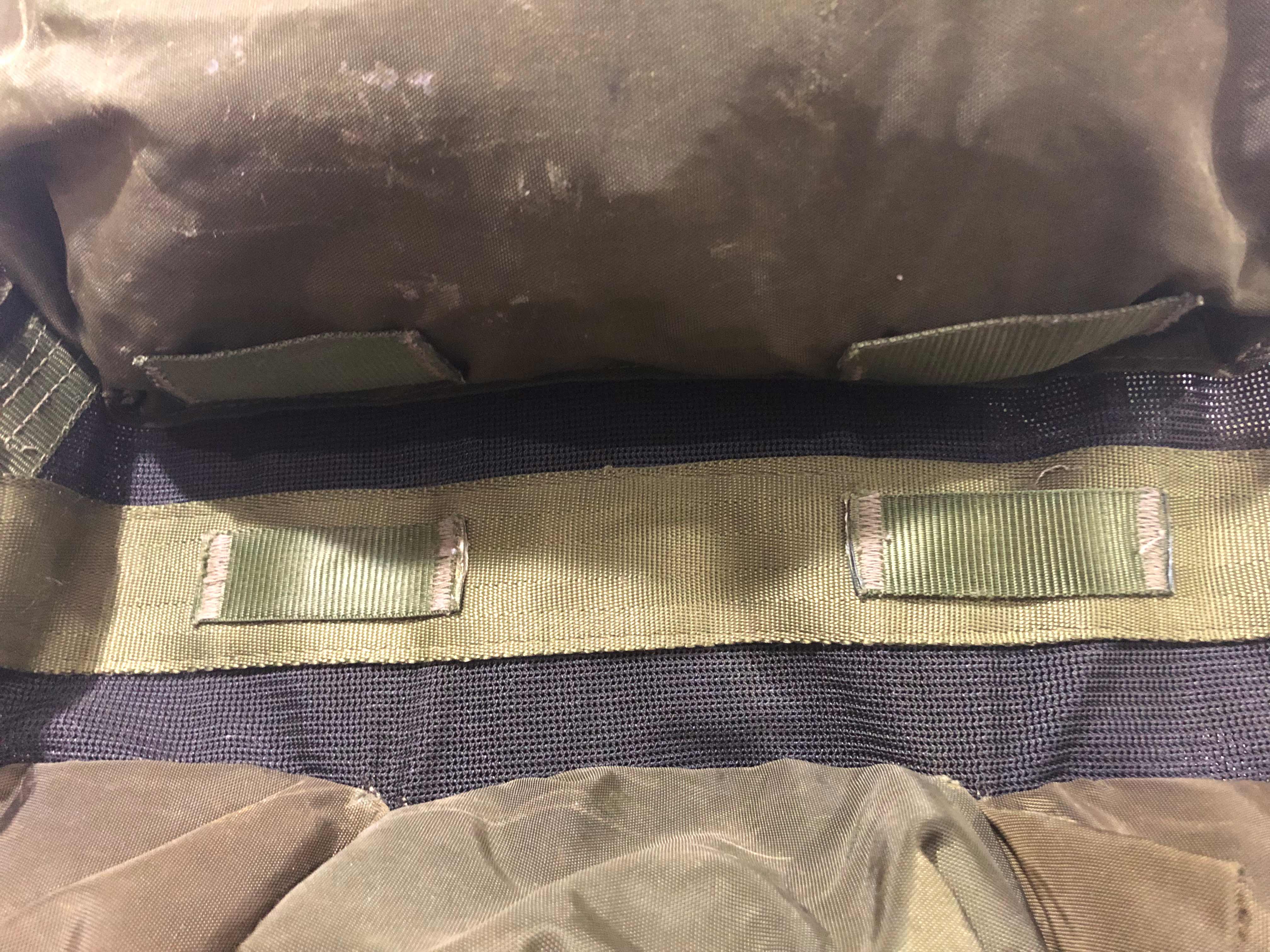
Zipper opening. Has ALICE style loops made from seatbelt webbing inside. Has loops on outside bottom for straps (to tie things to).
“Hot Extraction” Harness:
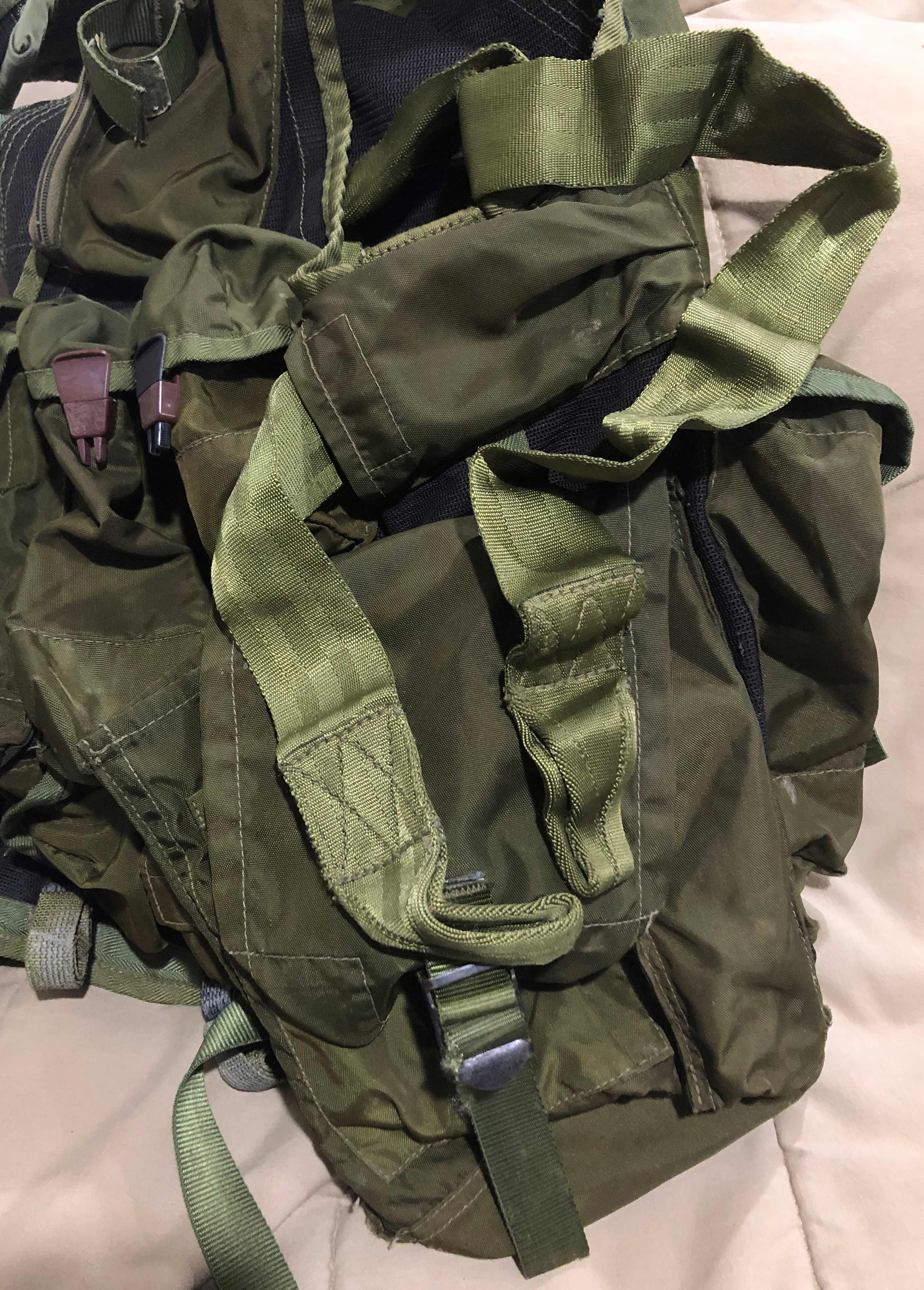
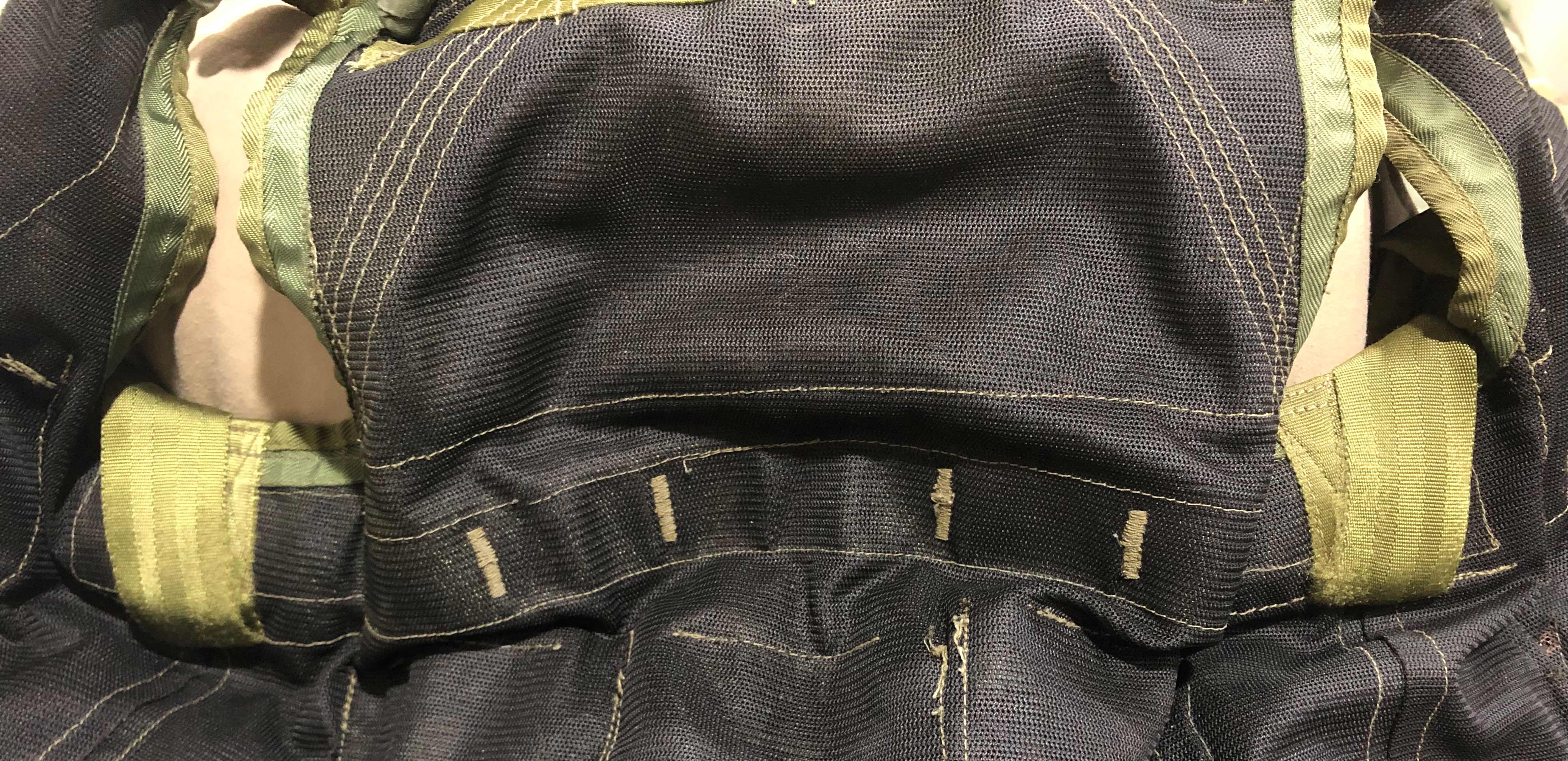
Straps made from “seatbelt” (MIL-W-4088) type webbing for STABO-type extraction by air? Tucks into small side pouches when not in use:
Strap Tips:
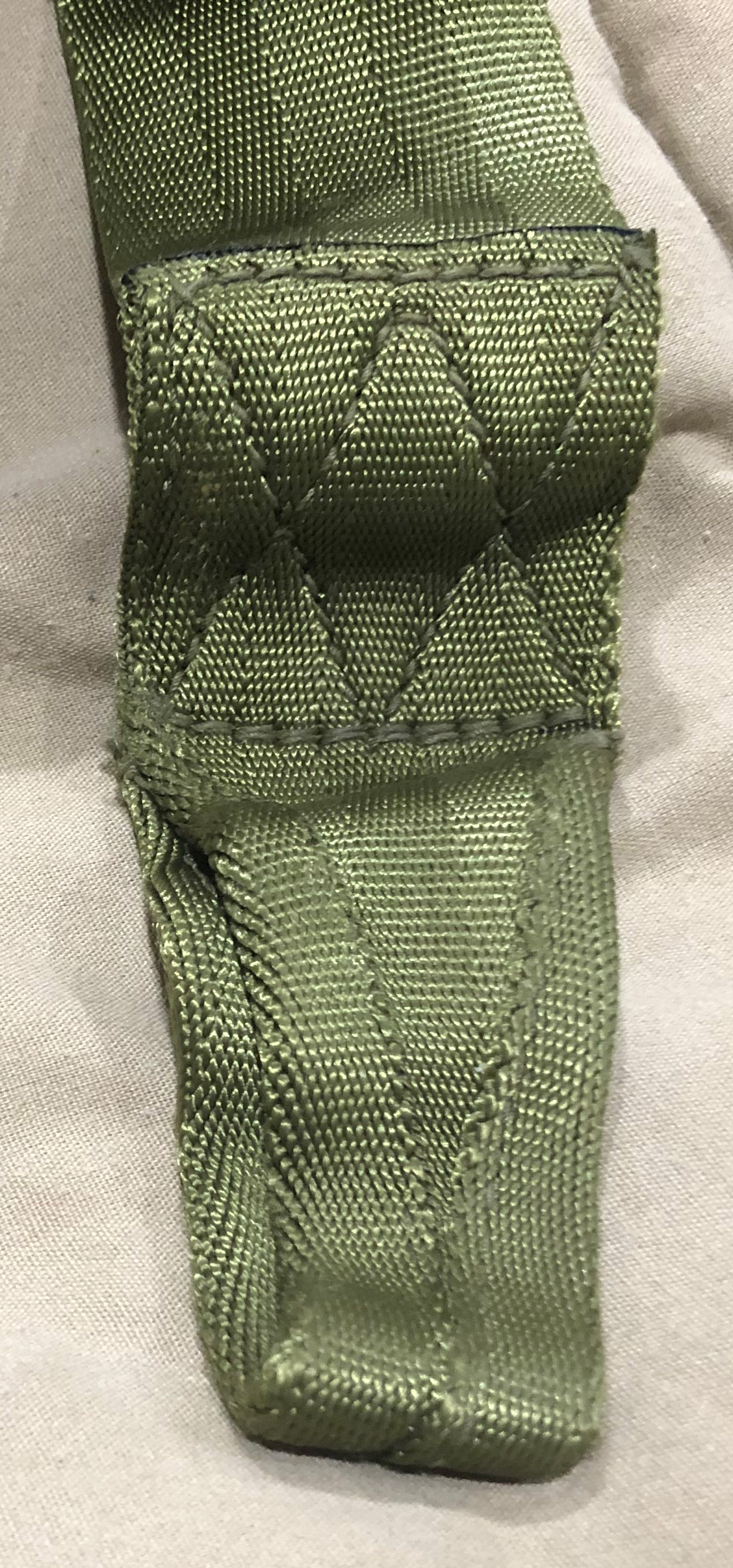
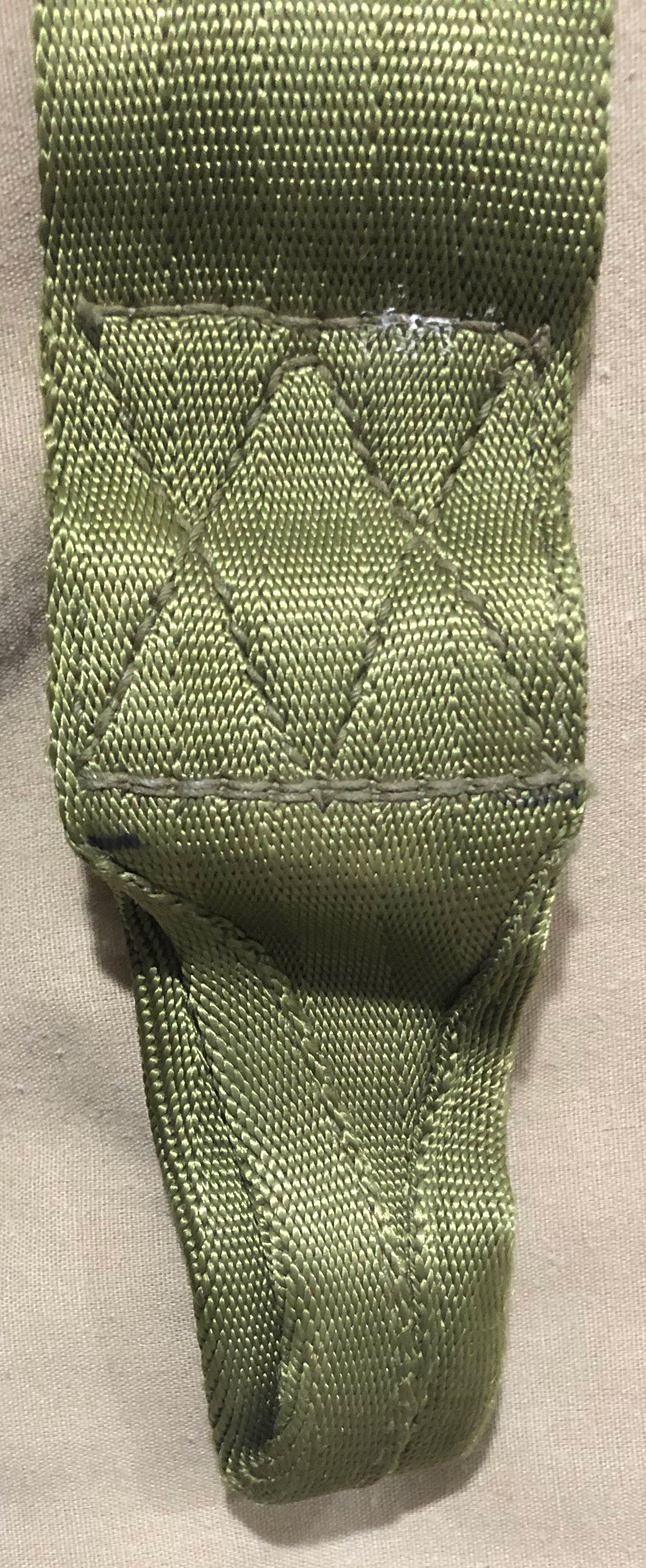
Does not contain any metal hardware.
Usage Photos:
SADF Recces:
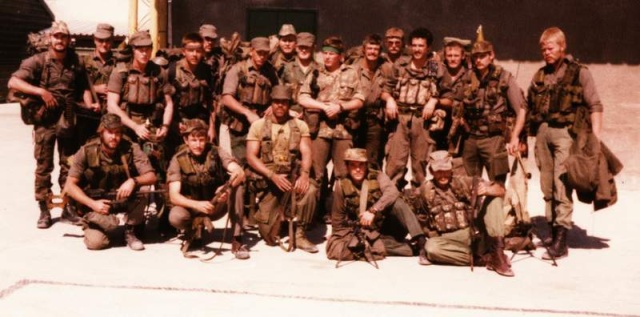
Executive Outcomes (1989 – 1998):
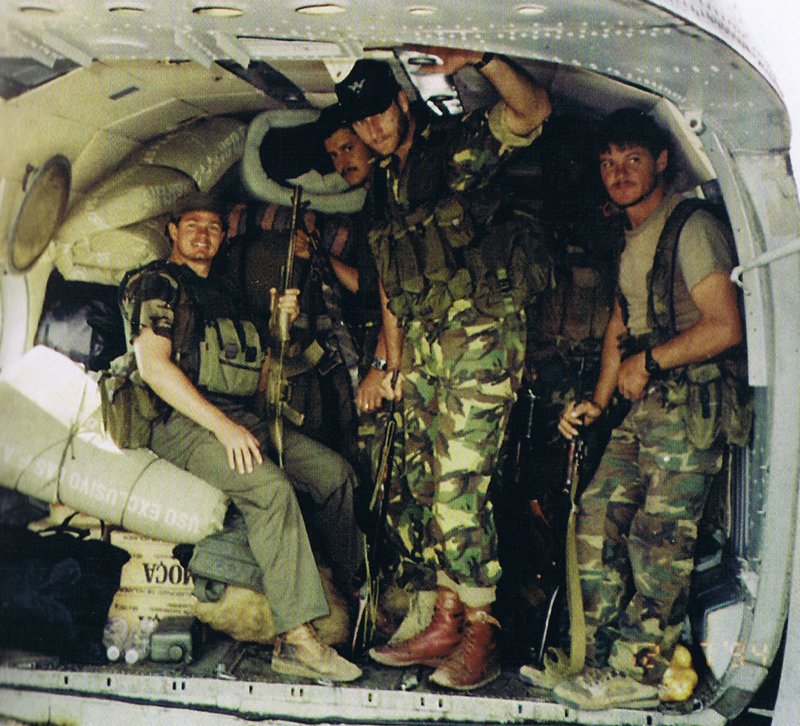

More information about Executive Outcomes: https://www.globalsecurity.org/military/world/para/executive-outcomes.htm
SANDF Recces:
Liberia:
https://www.gettyimages.com/detail/news-photo/members-of-the-south-african-special-forces-and-south-news-photo/2391575 (Shows a sleeping roll or tent being carried between the top and bottom compartments on the back.)
(Cannot directly display images due to licensing issues).
Central African Republic (2013):
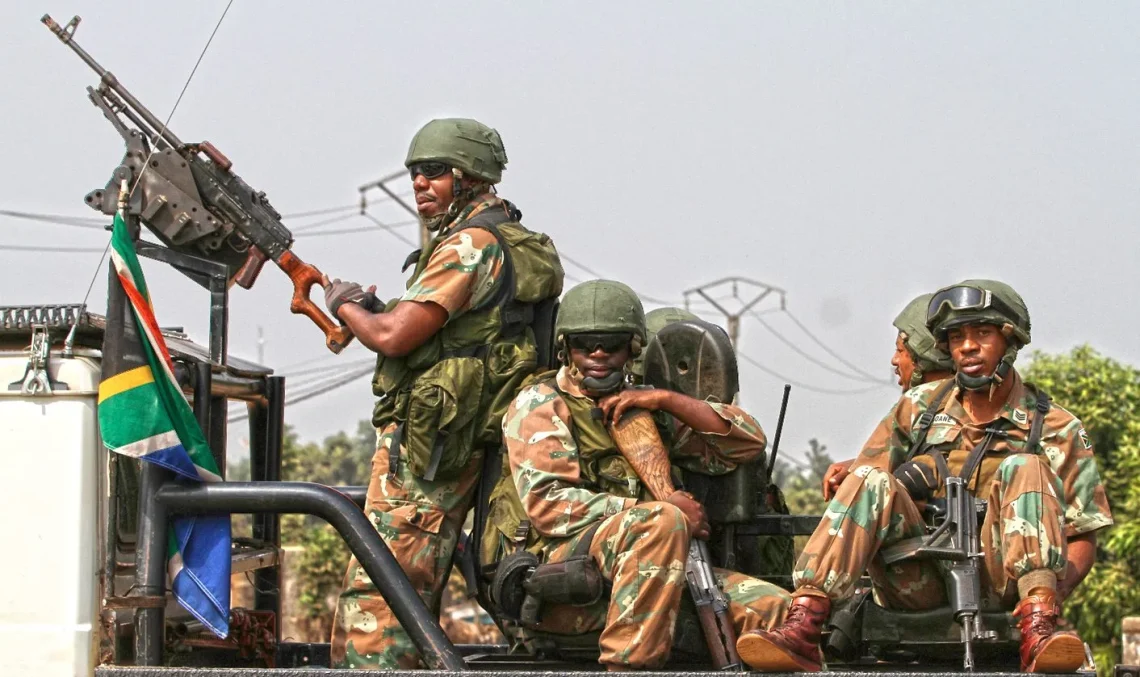

Other:

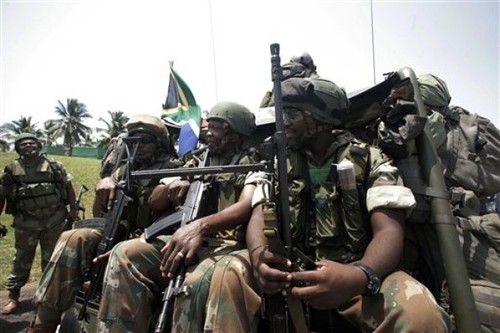



US Army Rangers:
A Niemoller hot extraction vest is shown in the illustration on Page 40 of Osprey Elite US Army Rangers & LRRP Units 1942 – 87 of an Army Ranger using this vest [14].

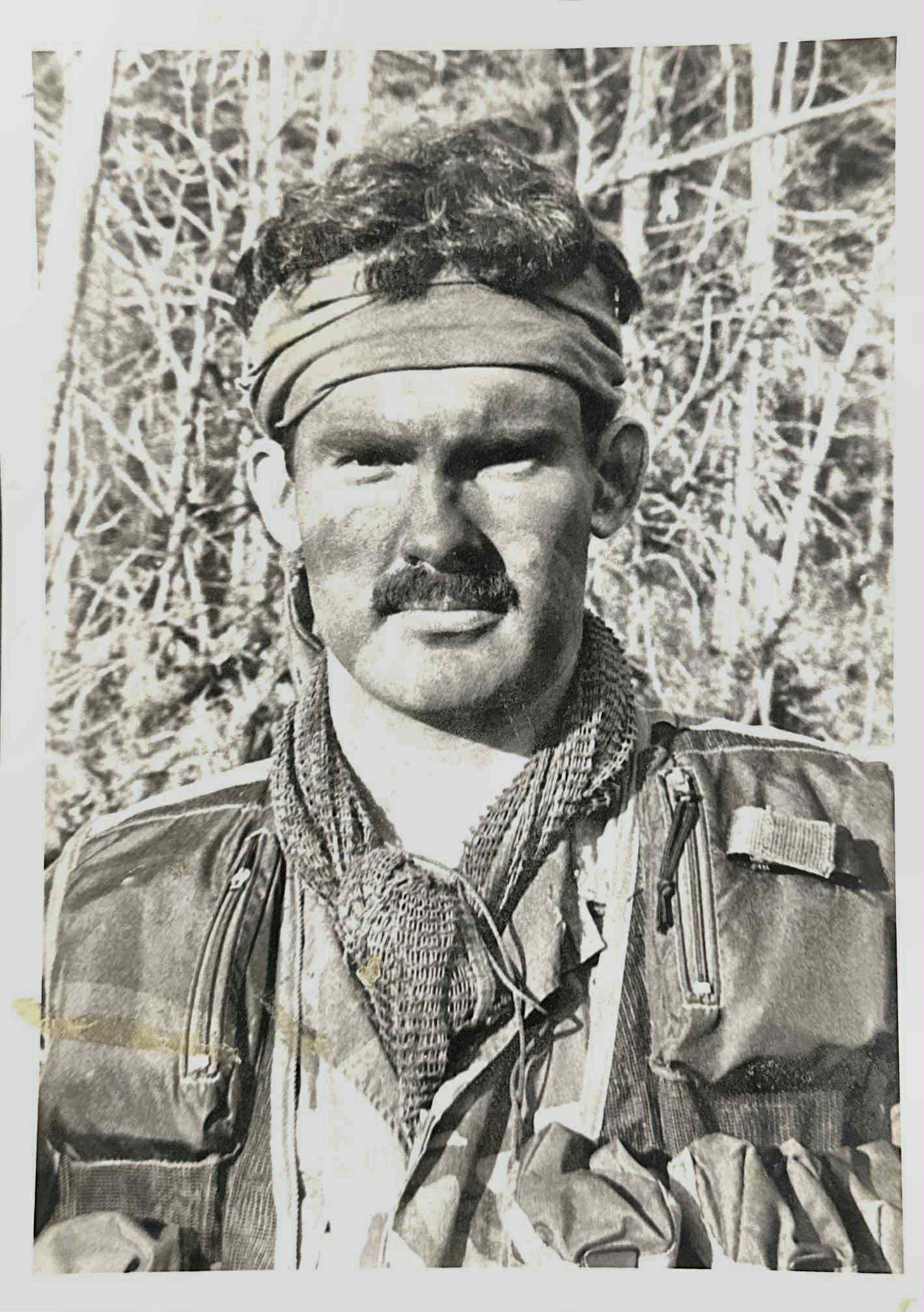
While the caption is not entirely accurate [1], the individual in the picture bought a hot extraction vest from Brigade Quartermasters around 1982 and used it during his service as part of a National Guard LRRP unit during the 1980’s. He showed it to the authors of the book to use as a reference for the illustration. [16] Similar vests were also used in training for airfield seizure missions [17][18].
